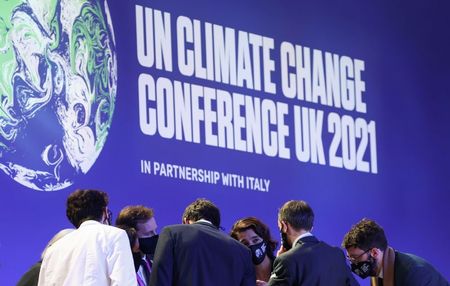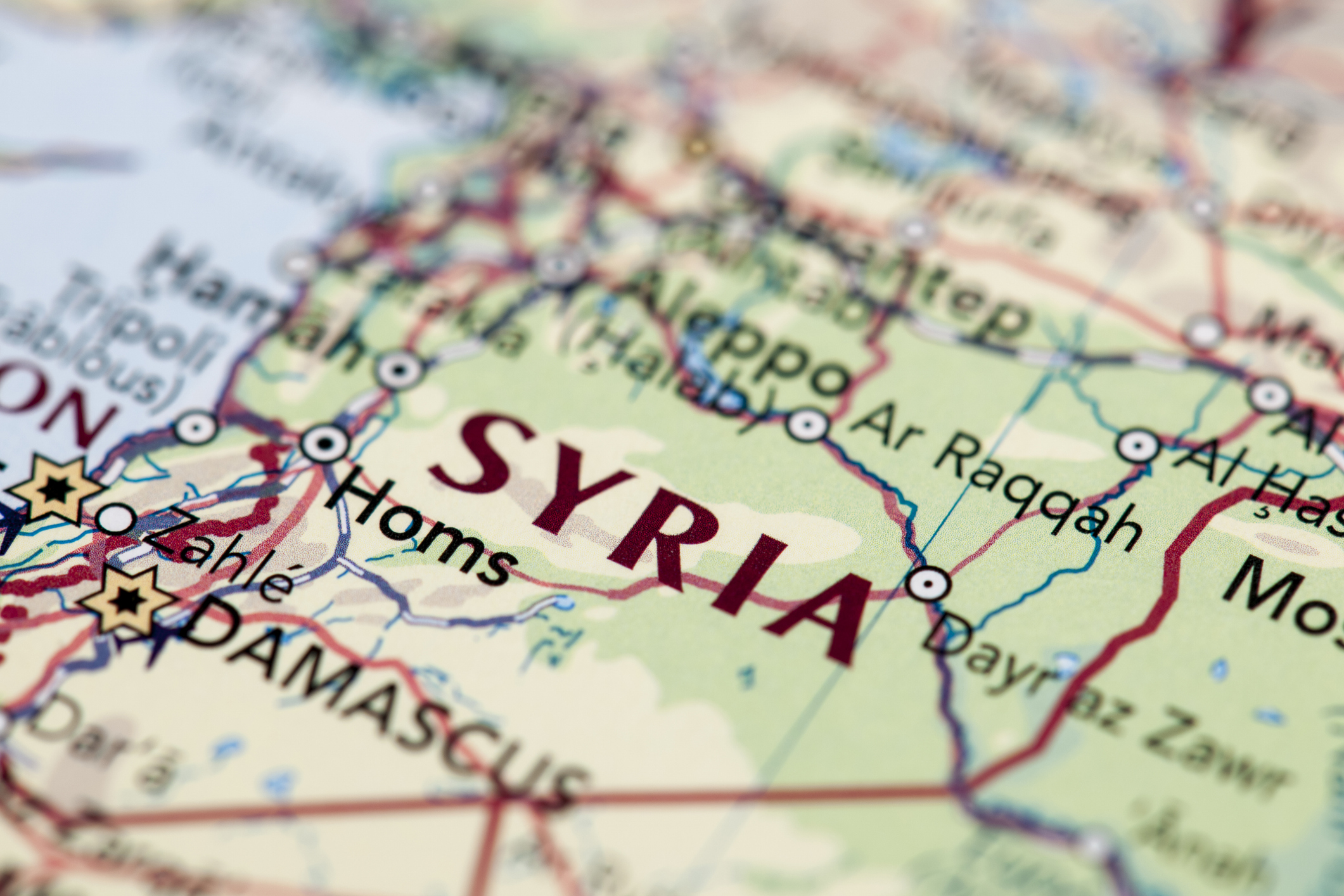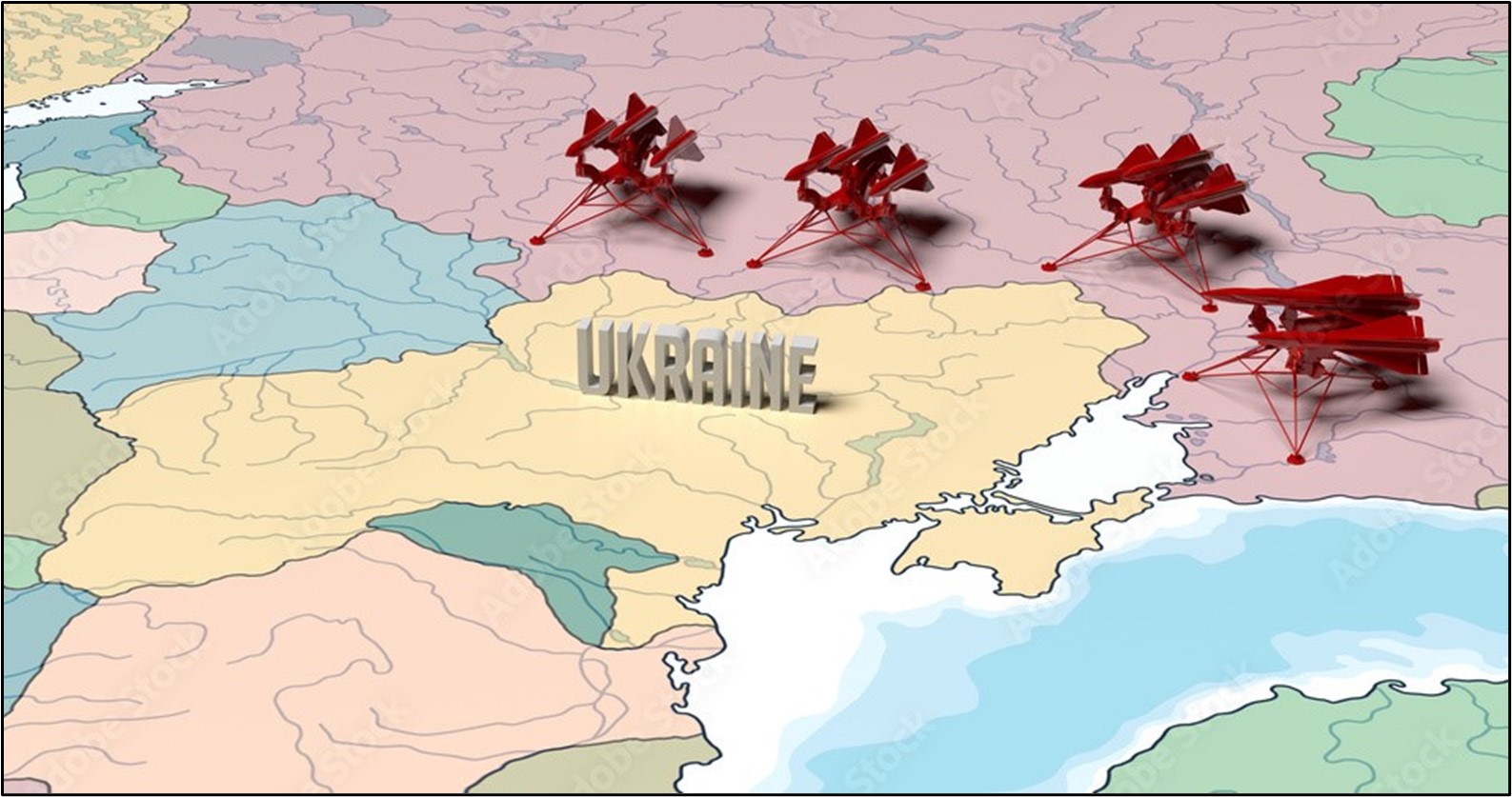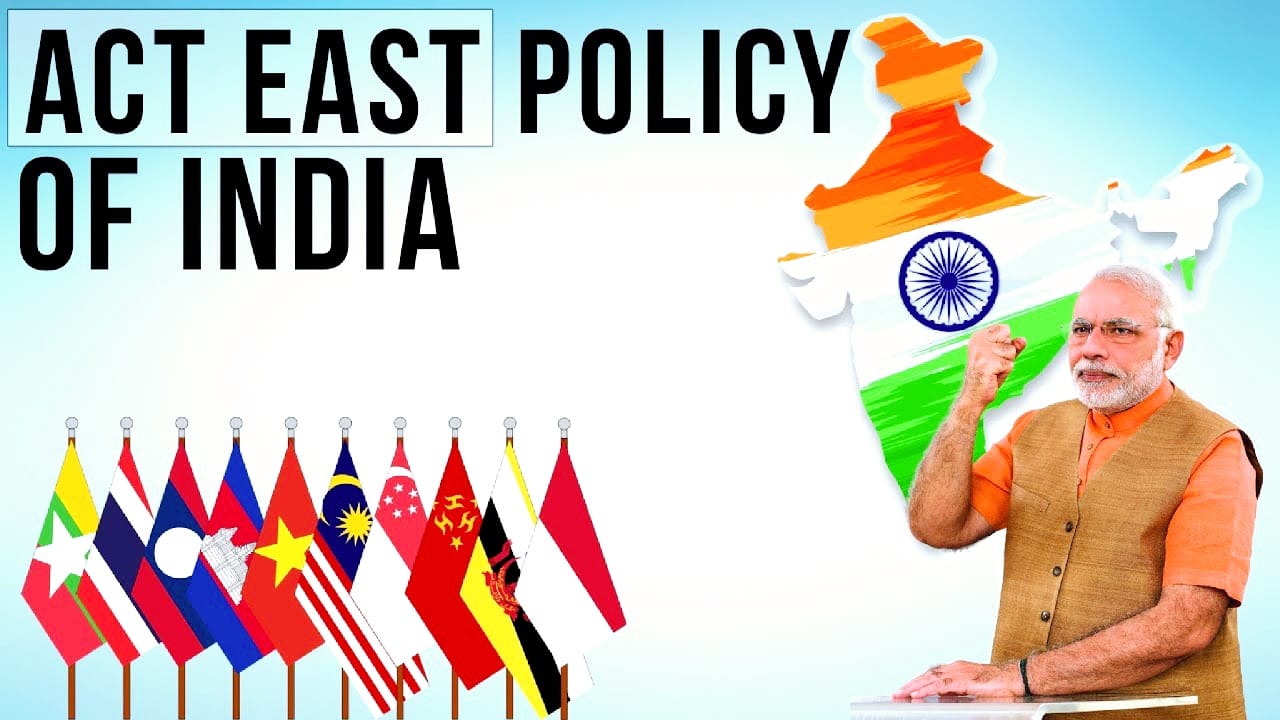
What’s in the Glasgow Climate Pact?

Nearly 200 nations agreed to adopt the Glasgow Climate Pact on November 13, 2021 after more than two weeks of intense negotiations, with the UK host of the talks saying the deal would keep alive international hopes of averting the worst impacts of global warming.
The agreement in effect acknowledged that commitments made so far to cut emissions of planet-heating greenhouse gases are nowhere near enough, and asked nations to set tougher climate pledges next year, rather than every five years, as they are currently required to do. Scientists say that to go beyond a rise of 1.5C would unleash extreme sea level rise and catastrophes including crippling droughts, monstrous storms and wildfires far worse than those the world is already suffering. But national pledges made so far to cut greenhouse emissions – mostly carbon dioxide from burning coal, oil and gas – would only cap the average global temperature rise at 2.4 Celsius.
The deal recognises the role of multilateralism in addressing climate change and promoting regional and international cooperation in order to strengthen climate action in the context of sustainable development and efforts to eradicate poverty. The deal document also acknowledges the increased targets and actions announced and the commitments made by Heads of States / Governments to work together and with non-Party stakeholders to accelerate sectoral action by 2030.
The Glasgow Pact covers the climate deal in eight major heads, namely, (i) Science and Urgency, (ii) Adaptation, (iii) Adaptation Finance, (iv) Mitigation, (v) Finance, technology transfer and capacity-building for mitigation and adaptation, (vi) Loss & Damage, (vii) Implementation and (viii) Collaboration. Here are the biggest achievements of the deal https://unfccc.int/sites/default/files/resource/cma2021_L16_adv.pdf:
Ratcheting Up Ambition
The agreement acknowledges that commitments made by countries so far to cut emissions of planet-heating greenhouse gases are nowhere near enough to prevent planetary warming from exceeding 1.5 degrees above pre-industrial temperatures. To attempt to solve this, it asks governments to strengthen those targets by the end of next year, rather than every five years, as previously required.
Failure to set, and meet, tougher emissions-cutting goals would have huge consequences. Scientists say that to go beyond a rise of 1.5C would unleash extreme sea level rise and catastrophes including crippling droughts, monstrous storms and wildfires far worse than those the world is already suffering. “I think today we can say with credibility that we’ve kept 1.5 (degrees Celsius) within reach,” said Alok Sharma, the president of the COP26 summit. “But its pulse is weak, and we will only survive if we keep our promises.”
Targeting Fossil Fuels
The pact for the first time includes language that asks countries to reduce their reliance on coal and roll back fossil fuel subsidies, moves that would target the energy sources that scientists say are the primary drivers of manmade climate change. The wording was contentious, though.
Just before the Glasgow deal was adopted, India requested that the deal call on countries to “phase down”, instead of “phase out” unabated coal. That minor word change triggered a lot of angst in the plenary hall, but delegations agreed to the request to save the deal. The deal’s wording on “inefficient subsidies”, meanwhile, kept the “phase out” phrasing. Questions remain about how to define “unabated” and “inefficient”.
Payments to Poor and Vulnerable Nations
The deal made some headway on the demands of poor and vulnerable countries that wealthy countries responsible for most emissions pay up. The deal, for example “urges developed country Parties to at least double their collective provision of climate finance for adaptation to developing country Parties from 2019 levels by 2025.”
It also, for the first time, made mention of so-called “loss and damage” in the cover section of the agreement. Loss and damage refers to the costs that some countries are already facing from climate change, and these countries have for years wanted payment to help deal with it. Under the deal, though, developed countries have essentially just agreed to continue discussions on the topic. It remains to be seen where that leads.
Rules for Global Carbon Markets
Negotiators also closed a deal setting rules for carbon markets, potentially unlocking trillions of dollars for protecting forests, building renewable energy facilities and other projects to combat climate change. Companies as well as countries with vast forest cover had pushed for a robust deal on government-led carbon markets in Glasgow, in the hope of also legitimising the fast-growing global voluntary offset markets.
Under the accord, some measures would be implemented to ensure credits are not double-counted under national emissions targets, but bilateral trades between countries would not be taxed to help fund climate adaptation – that had been a core demand for less developed countries. Negotiators also reached a compromise that sets a cut-off date, with credits issued before 2013 not being carried forward. That is intended to ensure too many old credits don’t flood the market and encourage purchases instead of new emissions cuts.
Side Deals
There were a number of notable side deals too. The United States and the European Union spearheaded a global methane cutting initiative in which around 100 countries have promised to reduce methane emissions by 30% from 2020 levels by 2030. The United States and China, the world’s two biggest carbon emitters, also announced a join declaration to cooperate on climate change measures, a deal that reassured observers of Beijing’s intention to accelerate its efforts to combat global warming after a long quiet period. Companies and investors also made a slew of voluntary pledges that would phase out gasoline-powered cars, decarbonize air travel, protect forests, and ensure more sustainable investing.
*******************************************************************************************************************
By Reuters & Chanakya Forum
Disclaimer
The opinions expressed in this article are the author’s own and do not reflect the views of Chanakya Forum. All information provided in this article including timeliness, completeness, accuracy, suitability or validity of information referenced therein, is the sole responsibility of the author. www.chanakyaforum.com does not assume any responsibility for the same.
Chanakya Forum is now on . Click here to join our channel (@ChanakyaForum) and stay updated with the latest headlines and articles.
Important
We work round the clock to bring you the finest articles and updates from around the world. There is a team that works tirelessly to ensure that you have a seamless reading experience. But all this costs money. Please support us so that we keep doing what we do best. Happy Reading
Support Us





















POST COMMENTS (0)